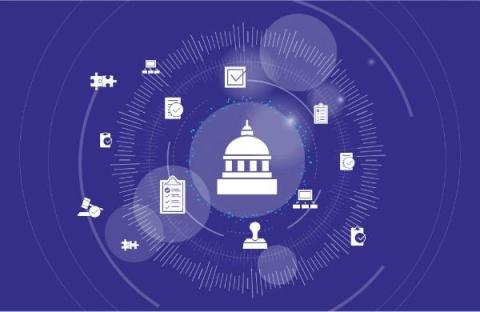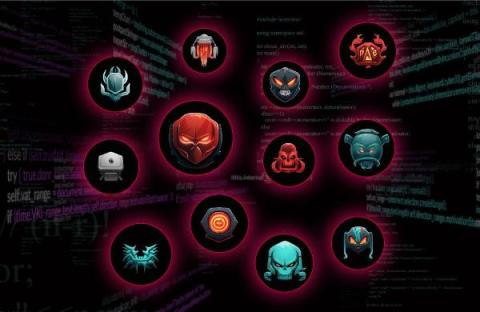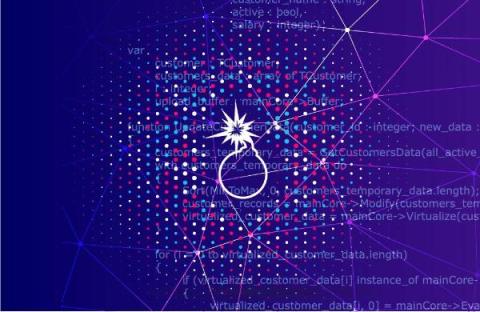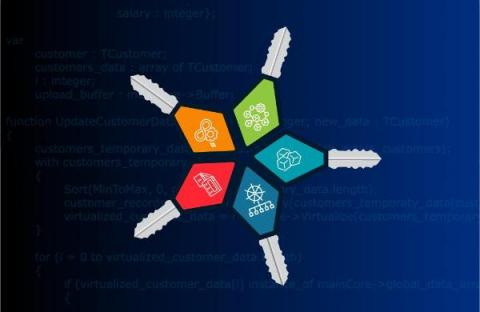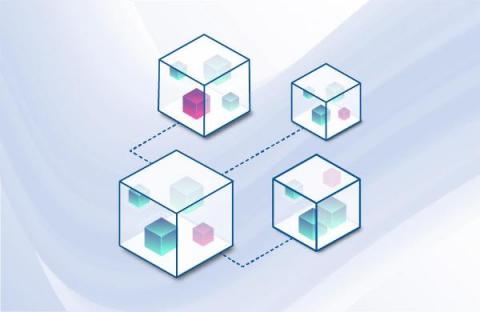Software Supply Chain Security: The Basics and Four Critical Best Practices
Modern enterprise software is typically composed of some custom code and an increasing amount of third-party components, both closed and open source. These third-party components themselves very often get some of their functionality from other third-party components. The totality of all of the vendors and repositories from which these components (and their dependencies) come make up a large part of the software supply chain.




